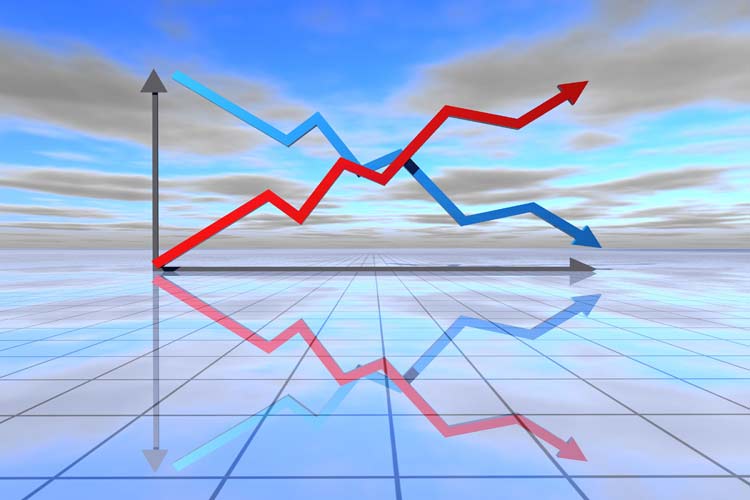
Strength tends to beget strength for the tech-rich COMP
The Nasdaq Composite (COMP) has been positive eight trading days in a row, the longest streak since early 2015. It made me curious how the index behaves depending on its streak of wins or losses, so looking at the following information might give us insight into what to expect during these streaks.
COMP Daily Returns After Streaks
We have Nasdaq Composite data back to late 1971. Going back to that year, I summarized the daily return for the COMP depending on whether or not it was on a winning streak or losing streak, as well as the length of its streak.
First, I looked at the average return for the Nasdaq. An up day generally leads to a gain, while a down day generally leads to a loss. After any down day for the index (when the winning streak is zero), the average return is negative. Once you get a positive day, the average return becomes positive and remains close to the same level, no matter how many consecutive positive days there have been.
The average daily return during losing streaks is more volatile, but you still see signs of momentum. After any positive day (when the losing streak is zero), the index averages a gain. When you get a down day, the average return becomes negative. The average loss gets worse as the losing streak increases, until it gets to five days, at which point there’s a positive spike, before dropping back below zero following six or more losing days. The spike at five days is an anomaly due to randomness.

Nasdaq Strength Begets Strength
Next, I looked at the percentage of daily returns that were positive. Again, momentum is evident. When the Nasdaq Composite is positive, the following day is positive about 60% of the time. When it’s negative, the next day is positive only half the time. The length of the streak does not seem to matter. Whether the COMP has been positive for one day or six days, the next day tends to be positive.

When It Comes to Volatility During Streaks, Size Matters
Unlike the two stats above, the one below seems dependent on the length of the winning or losing streak. It’s the standard deviation of the return. The longer the Nasdaq winning streak, the less volatility you can expect the next day.
The standard deviation of a return after a negative day is about 1.5%. Once you get a positive day, it drops to 1.3%. After two positive days in a row, it drops to 1.2%, and so on until it bottoms out and levels off after four straight winning days. Conversely, the volatility of the daily return, as measured by the standard deviation, tends to rise during a losing streak.
